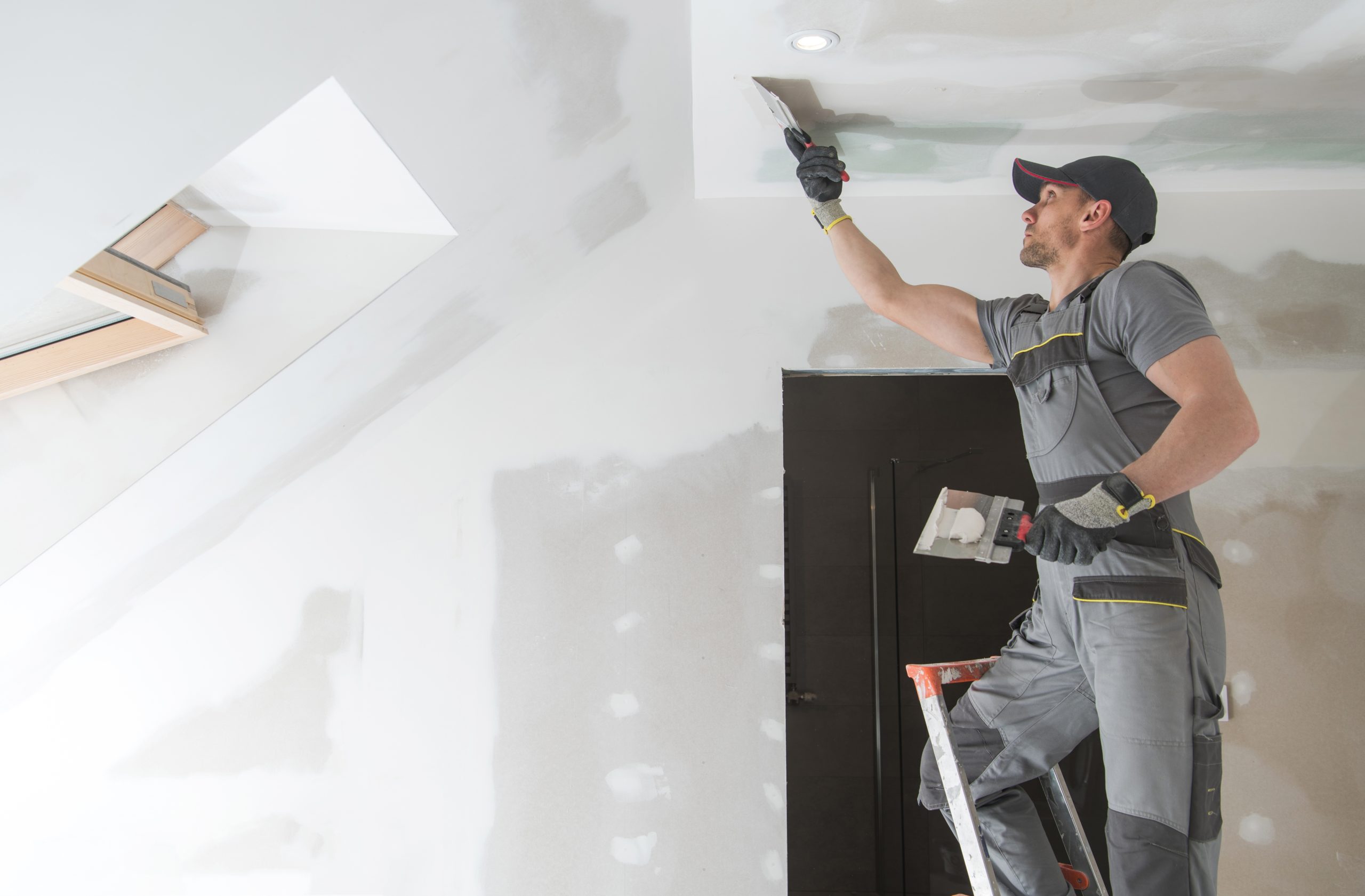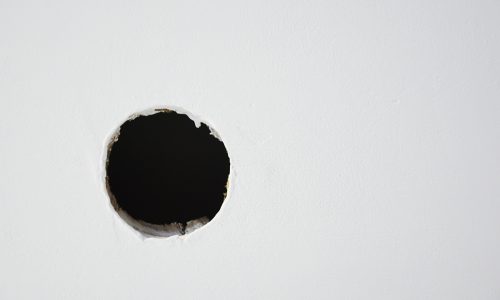Boost your home’s value with integrated Drywall Repair Ogden UT and painting services.
A Comprehensive Overview to Mastering Drywall Repair and Installment
This guide supplies a thorough exploration of drywall fixing and installation, dealing with both beginners and skilled professionals. It lays out vital tools, techniques for patching and hanging sheets, and the crucial completing procedures. Interior Painting. By comprehending common challenges, individuals can achieve sleek outcomes. Understanding these skills not just enhances one's home but likewise builds self-confidence in DIY ventures. What foundational ideas will ensure an effective job from beginning to end up?
Vital Tools for Drywall Repair Service and Installation
When starting on drywall fixing and installation, a couple of important tools can substantially boost the effectiveness and top quality of the work. A drywall knife, usually offered in numerous dimensions, is important for using joint compound and smoothing seams. A taping blade is also required for feathering edges and ensuring a smooth finish. In addition, a drywall saw or energy blade enables for specific cutting of drywall sheets to fit any type of area.

Step-by-Step Guide to Patching Holes
Covering openings in drywall is a straightforward process that can restore the wall surface's look and honesty. To begin, the area around the hole ought to be cleaned up and any loose particles eliminated. For little holes, a straightforward spackle or joint compound can be applied with a putty blade. Bigger holes might need a spot; a piece of drywall can be reduced to fit the hole, secured with adhesive or screws, and after that taped around the sides. When the patch remains in area, joint substance is applied over the spot and feathery bent on blend with the surrounding wall. After the compound dries out, sanding is necessary to achieve a smooth finish. Finally, the fixed area can be topped and painted to match the remainder of the wall. This approach assures a smooth repair, boosting the overall look of the drywall and maintaining its architectural honesty.
Techniques for Hanging Drywall Sheets
After successfully fixing holes in drywall, the following step involves hanging new drywall sheets to produce a seamless surface. To accomplish this, one need to begin by gauging the wall area accurately and cutting the drywall sheets to fit. It is essential to hang the sheets horizontally for far better structural honesty, starting from the top and functioning downwards.
Using a drywall lift can streamline the procedure, particularly for ceiling setups. Once placed, protecting the sheets with drywall screws at intervals of regarding 12 inches along the edges and 16 inches in the area is vital. This guarantees a strong hold and minimizes the danger of sagging. For edges, the sheets should be reduced to fit well, enabling cleaner seams. Ultimately, it is a good idea to startle the joints in between sheets to enhance the total framework, creating an extra durable surface all set for the following stage in the drywall installment process.
Finishing Touches: Insulation and Mudding
Finishing the drywall setup involves the vital actions of mudding and taping, which guarantee a smooth and polished finish. Taping needs the application of joint tape over the seams in between drywall sheets. Interior Painting. This tape can be either paper or fiberglass harmonize, with each type offering one-of-a-kind benefits. After taping, the next step is mudding, where joint compound, or "mud," is related to cover the tape and fill any kind of flaws
Using a drywall knife, the substance needs to be spread evenly, making sure a feathery side to reduce visible changes. Several coats are usually essential, with fining sand in between each layer to attain a smooth surface area. Cautious focus during this procedure is crucial, as it greatly impacts the final appearance of the wall. With the best method and perseverance, the end result will be a flawless structure prepared for painting or finishing touches.
Common Errors to Prevent in Drywall Projects

An additional usual blunder is not allowing sufficient drying time in between layers, which can trap moisture and jeopardize the coating. In addition, ignoring to feather the sides effectively can create visible lines and flaws. Ultimately, missing sanding or using incorrect techniques might leave rough areas. By recognizing these challenges, individuals can substantially boost the high quality of their drywall jobs and accomplish a professional-looking coating.
Often Asked Inquiries
Can I Fix Drywall Without Expert Help?
Yes, one can fix drywall without specialist aid. With the right devices, materials, and guidance, people can efficiently handle small repair services. Substantial damage may call for professional competence for excellent outcomes and resilience.
The Length Of Time Does Drywall Substance Take to Dry?
Drywall compound typically takes between 24 to 48 hours to completely dry completely, depending upon variables such as moisture and temperature level. Thinner layers may dry out much faster, while thicker applications require even more time for optimal outcomes.
What's the very best Sort Of Paint for Drywall?
The best sort of paint for drywall is generally a water-based latex paint. It supplies exceptional protection, toughness, and simplicity of application, making it ideal for interior walls while permitting for simple cleaning with soap and water.

Just how Do I Stop Mold on Drywall?
To stop mold and mildew on drywall, guarantee proper air flow, control moisture degrees, use mold-resistant products, and immediately address any leakages. Routine examinations and instant remediation of water damage are also important for lasting avoidance.
Is Drywall Recyclable After Removal?
Drywall is recyclable after elimination, supplied it is devoid of pollutants like mold, paint, or other unsafe products. Recycling centers can process it right into new products, advertising sustainability and lowering land fill waste in building.
When starting on drywall repair and installation, a couple of necessary tools can greatly improve click here the performance and high quality of the work. After efficiently repairing openings in drywall, the following step includes hanging new drywall sheets to produce a smooth surface. Finishing the drywall installment involves the crucial actions of mudding and taping, which guarantee a smooth and sleek coating. Achieving a refined finish in drywall projects can be challenging, and several common errors can weaken the top quality of the work. Yes, one can fix drywall without expert aid.